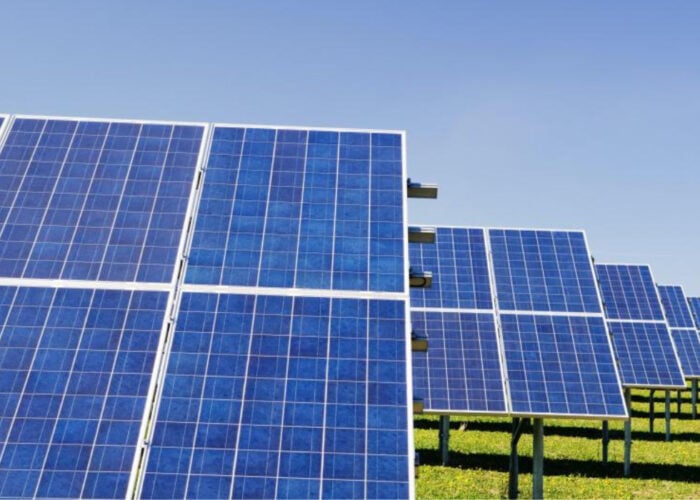Renewable energy will benefit from a “decades long” carbon abatement fund, Australia’s environment minister Greg Hunt has claimed.
The new administration stuck to its pledge to dismantle outgoing Labor’s carbon trading scheme and supporting bodies including the AUS$10 billion (US$9 billion) Clean Energy Finance Corporation (CEFC).
Unlock unlimited access for 12 whole months of distinctive global analysis
Photovoltaics International is now included.
- Regular insight and analysis of the industry’s biggest developments
- In-depth interviews with the industry’s leading figures
- Unlimited digital access to the PV Tech Power journal catalogue
- Unlimited digital access to the Photovoltaics International journal catalogue
- Access to more than 1,000 technical papers
- Discounts on Solar Media’s portfolio of events, in-person and virtual
Hunt told an industry conference that funding to pay for carbon reductions, via the Direct Action policy, would provide support for renewables and other projects for decades to come and would be hard to dismantle.
Direct Action includes an AUS$1.5 billion (US$1.4 billion) fund to support emissions reductions.
Hunt claimed this was an improvement on the “speculative investment” made by the CEFC.
The treasury admitted during the Standing Environment and Communications Legislation Committee’s inquiry into the abolition that it had not done any work to assess which approach would best reduce carbon emissions.
The CEFC abolition bill is currently moving through the approval process with Labor working to delay its progress. The Green Party has claimed that a switch to renewable energy has helped lower electricity prices by 6.1%.
The CEFC recently told the inquiry into the abolition bill that it had already backed 500MW of projects since its formation. It claims that it is currently cutting carbon at a net economic benefit of AUS$2.40 and if allowed to invest its full allocation of funding over the course of the next five years, would deliver more than half of Australia’s carbon reduction target.







